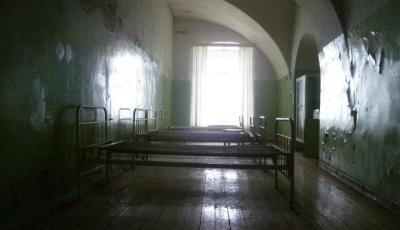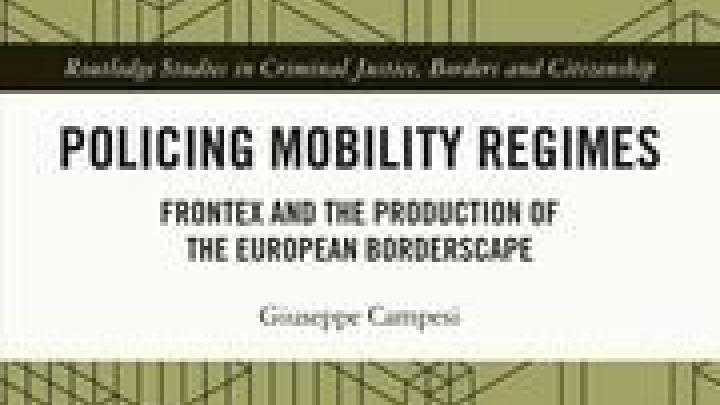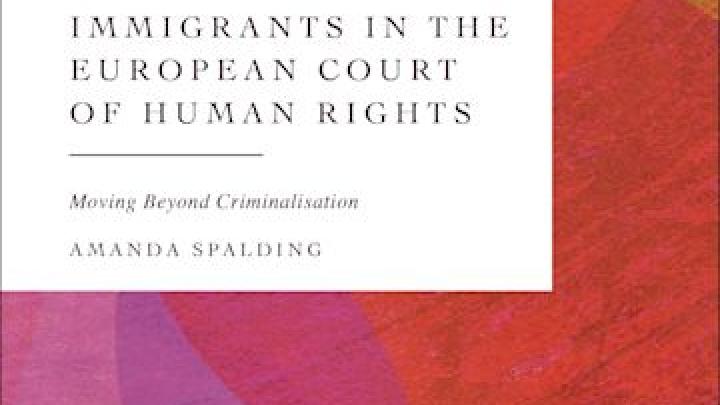Book Review: Carceral Geographies: Spaces and Practices of Incarceration
Posted
Time to read
Guest post by Daniela DeBono, Senior Lecturer and Researcher at the Department for Global Political Studies and Malmö Institute for Studies of Migration, Diversity and Welfare, Malmö University, Sweden.
Review of Carceral Geographies: Spaces and Practices of Incarceration by Dominique Moran (Ashgate, 2015)

Moran scopes carceral geography by drawing on other work conducted in and around prisons in the last years, and by presenting and juxtaposing ideas, practices, and complex debates. Carceral Geography engages the reader through the simultaneous interweaving of theoretical concepts and secondary empirical research. The book gives the reader a clear sense of having opened a different way of looking at prisons by relating to the long tradition of using the concept of space so diversely developed by geographers, and in particular human geographers. Perhaps more crucially, this book is testimony to Moran’s own claim that the value of carceral geography is that it uses carceral spaces―in a relative and relational way―as a lens with which to view concepts with wider currency within contemporary and critical human geography. The contemporary study of prisons can also be seen as a study of contemporary societies.
This is a book which presents the debates, directions, and threads within the new field of carceral geography, a subdiscipline of human geography. Indeed the term ‘carceral geography’ was only recently coined in 2011 to describe geographical research into practices of incarceration. Carceral spaces are viewed as institutions whose internal and external social and spatial relations should be explored. Moran identifies three emerging streams in carceral geography, around which the book is structured in distinct sections: the nature of carceral spaces and experiences within them (chapters 3 to 5), the spatial geographies of carceral systems (chapters 6 to 8), and the relationship between the carceral and an increasingly punitive state (chapters 9 to 11). These streams draw on traditional geographical research on spaces of confinement but engage with social theory stalwarts such as Goffman, Foucault, and Agamben, a clear indication of the critical stance characterising this new subdiscipline.
These sections are framed by two short chapters. Chapter 2 offers a brief look at the origins and dialogues underpinning this new field of carceral geography. It’s an essential introduction to the field and serves to make this book further accessible to geographers and non-geographers alike. The other chapter is Chapter 12, the Afterword, which draws together some of the overarching themes which emerge from the discussions in the other chapters. This brief chapter pointedly reminds the reader that one of the unique contributions of applying the use of the concept of space as developed in human geography is the reconceptualization of spaces of confinement from the traditional approach of delimited and static spaces, to that of porous and fluid spaces. It’s in this way, by questioning the purposes and social construction of carceral spaces, that carceral geography opens new avenues for research and for a better understanding of their role in contemporary societies.
Academically the book locates itself within human geography but has a distinct interdisciplinary stance in that it draws on literature and work within other disciplines which have taken an overtly spatial focus. Moran makes a strong case for the locating of this interdisciplinary field of studies in geography. Apart from delineating the scope of carceral geography, this book adds to scholarship in criminology, critical and political sociology, and, due to its increasing recourse to immigration detention, border control. Despite the complexity of issues tackled, Moran manages to achieve a pleasant flow from one discussion theme to another. It’s a must read for academics and postgraduate students working on penal and other institutions of confinement.
Any comments about this post? Get in touch with us! Send us an email, or post a comment here or on Facebook. You can also tweet us.
__________
How to cite this blog post (Harvard style):
DeBono, D. (2016) Book Review: Carceral Geographies: Spaces and Practices of Incarceration. Available at: https://www.law.ox.ac.uk/research-subject-groups/centre-criminology/centreborder-criminologies/blog/2015/09/book-review-4 (Accessed [date]).
Share
YOU MAY ALSO BE INTERESTED IN
With the support of









